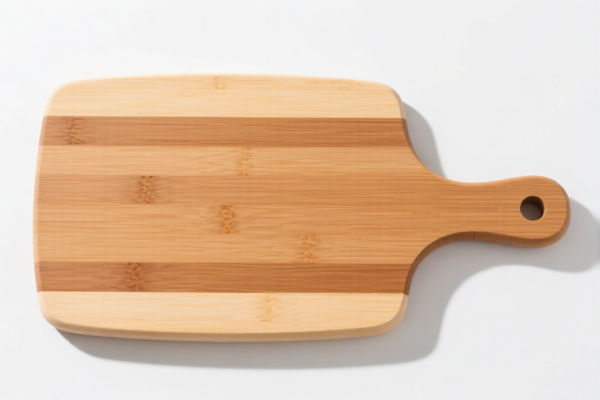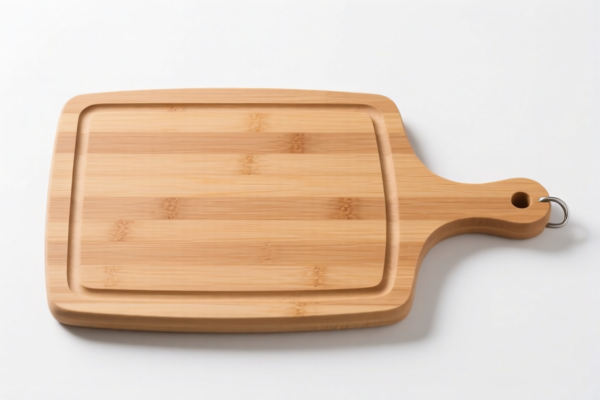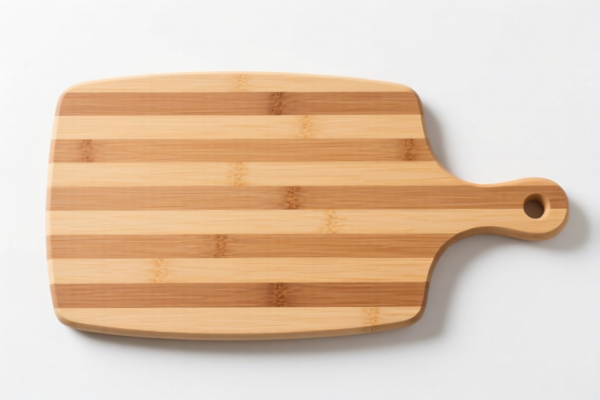| HS Code | Official Doc | Tariff Rate | Origin | Destination | Effective Date |
|---|---|---|---|---|---|
| 8205100000 | Doc | 61.2% | CN | US | 2025-05-12 |
| 8205600000 | Doc | 57.9% | CN | US | 2025-05-12 |
| 6815190000 | Doc | 55.0% | CN | US | 2025-05-12 |
| 6815994170 | Doc | 55.0% | CN | US | 2025-05-12 |
| 6804224000 | Doc | 55.0% | CN | US | 2025-05-12 |




Cutting Torch
A cutting torch, also known as an oxy-fuel torch, is a metalcutting tool used in fabrication and welding. It utilizes the heat generated by the combustion of fuel gas – typically acetylene, propane, or natural gas – with oxygen to cut through metals.
Material:
The primary materials involved are the metal being cut (most commonly steel, but also stainless steel, cast iron, aluminum, and other alloys) and the gases used for combustion. The torch itself is constructed from steel, brass, and other durable metals designed to withstand high temperatures and pressures. Torch tips are often made of preheated metal alloys.
Purpose:
The primary purpose of a cutting torch is to efficiently and accurately separate metal materials. It is widely used for demolition, salvage operations, and the preparation of metal parts for welding or other fabrication processes.
Function:
The cutting process relies on the rapid oxidation of the metal at the cut point. The torch delivers a focused stream of oxygen at high velocity and temperature. This oxygen reacts with the metal, creating molten oxides (slag) that are blown away by the oxygen stream, leaving a clean cut. The process involves these key steps:
- Preheating: The fuel gas is ignited and used to heat the metal to its ignition temperature.
- Oxidation: Once the metal is sufficiently heated, a high-pressure oxygen jet is introduced. This oxygen reacts with the metal, initiating rapid oxidation.
- Cutting: The oxygen jet continues to react with the metal, continuously oxidizing and removing the molten material, creating the cut.
Usage Scenarios:
- Construction & Demolition: Dismantling steel structures, removing scrap metal.
- Salvage Operations: Cutting up wrecked vehicles or machinery for recycling.
- Manufacturing: Preparing metal parts for welding, fabricating metal components.
- Automotive Repair: Removing rusted or damaged parts.
- Plumbing & Pipefitting: Cutting and shaping pipes.
Common Types:
- Acetylene Torches: Utilize acetylene gas, providing the highest flame temperature and are suitable for thicker materials.
- Propane Torches: More economical than acetylene, suitable for thinner materials and general-purpose cutting.
- Natural Gas Torches: Often used in industrial settings where natural gas is readily available, suitable for thinner materials.
- Plasma Cutting Torches: While not strictly oxy-fuel, plasma torches are a related technology using ionized gas to cut metal and offer greater precision and speed, especially for aluminum and other non-ferrous metals.
- Rosebud Torches: Utilize a specialized tip to produce a broad, soft flame for preheating large areas or bending metal.
- Stack Cutting Torches: Utilize multiple cutting jets to cut multiple pieces of metal simultaneously.
Cutting torches fall under several classifications based on the provided information. Here's a breakdown of relevant HS codes:
-
8205100000: This HS code covers handtools (including glass cutters) not elsewhere specified or included; blow torches and similar self-contained torches; vises, clamps and the like, other than accessories for and parts of machine tools or water-jet cutting machines; anvils; portable forges; hand- or pedal-operated grinding wheels with frameworks; base metal parts thereof: Drilling, threading or tapping tools, and parts thereof. This is a broad category encompassing various hand tools, specifically including blow torches and similar self-contained torches.
- 82: Chapter 82 covers tools, implements, cutlery, hand tools, and articles thereof.
- 05: Heading 8205 specifically covers handtools not elsewhere specified.
- 100000: This subheading further defines the category as including blow torches and similar self-contained torches. The base tariff is 6.2%, with an additional 25.0% surcharge, increasing to 30.0% after April 2, 2025, resulting in a total tariff of 61.2%.
-
8205600000: This HS code also covers handtools (including glass cutters) not elsewhere specified or included; blow torches and similar self-contained torches, and parts thereof. This is a more specific classification for handtools, including blow torches and their parts.
- 82: Chapter 82 covers tools, implements, cutlery, hand tools, and articles thereof.
- 05: Heading 8205 specifically covers handtools not elsewhere specified.
- 600000: This subheading further defines the category as including blow torches and their parts. The base tariff is 2.9%, with an additional 25.0% surcharge, increasing to 30.0% after April 2, 2025, resulting in a total tariff of 57.9%.
It is important to note the difference between these two HS codes. 8205100000 includes a broader range of handtools, while 8205600000 is specifically for blow torches and their parts. The appropriate HS code will depend on the specific characteristics of the cutting torch being imported.
Customer Reviews
No reviews yet.